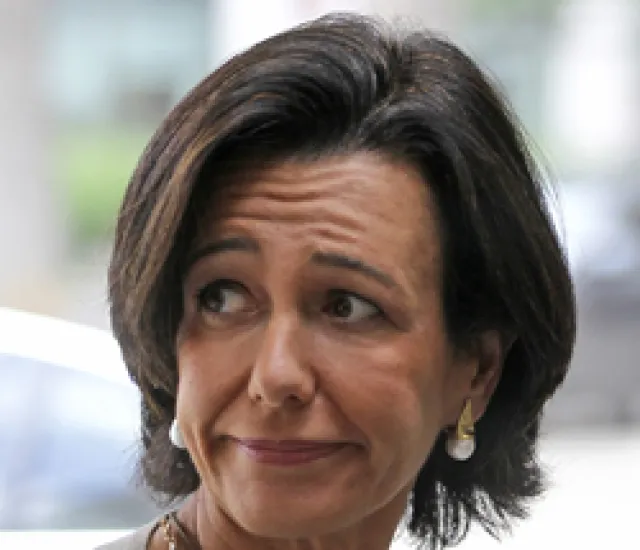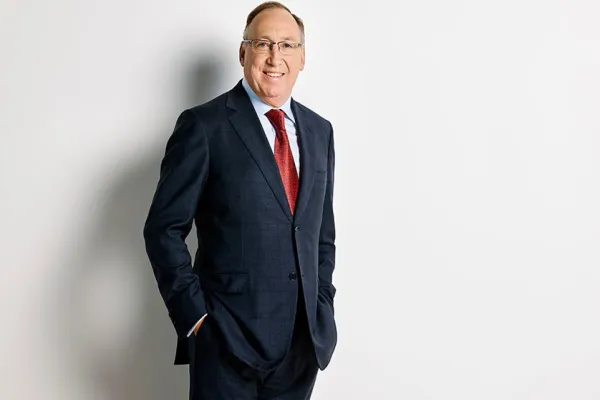Marcus Agius, chairman of Barclays plc and Ana Patricia Botin, CEO of Santander UK, railed against higher capital requirements for banks at the British Bankers Association (BBA) international conference in London on Wednesday, arguing that the industry had already done a great deal to improve its risk profile.
The salvos come as the UK’s Independent Commission on Banking (ICB), chaired by Sir John Vickers, considers whether to recommend that banks hold Core Tier 1 capital of more than 7 percent, the level approved by the Basel Committee on Banking Supervision.
Agius, who is also chairman of the BBA, said, “I do have a concern that some regulators seem to believe that ever more capital is the solution to every regulatory problem. Carried too far, this thinking would have profoundly negative consequences. And not just for the banks.” He said that banks could become over-capitalized, unable to generate attractive returns on their capital and so unattractive to private investors.
Botin warned that, “UK regulation is stricter than European or global standards, putting UK banks at a competitive disadvantage.” She said Santander estimated that additional capital requirements over and above the 7 percent required by Basel III would increase the cost of funds to SMEs by an average of 20 basis points for each percentage point increase in Core Tier 1.
The ICB backed a Core Tier 1 ratio of 10 percent in its interim report in April for “systemically important banks” and for “large UK retail banking operations.” The ICB, whose final report is due in September, wants to ring-fence retail banking from riskier activities. In a report issued last week, analysts at HSBC Holdings estimated that the combined funding, capital and liquidity costs of such ring-fencing could cost the industry as much as £10 billion, although it is not yet clear how this will be carried out.
The ICB’s approach has nonetheless attracted some support from the Chancellor of the Exchequer, George Osborne, who on June 15 said that national regulators should be allowed to impose additional capital requirements.
The regulators who spoke at the conference, however, showed the bankers no sympathy. Andrea Enria, chairman of the European Banking Authority, said “the industry’s assessments do not seem to give enough weight to the argument that higher capital and liquidity buffers will have a positive effect on the cost of equity and more generally on the cost of funding.” Paul Tucker, deputy governor of the Bank of England, urged the banks to retain more of their profits to build up their capital reserves.






